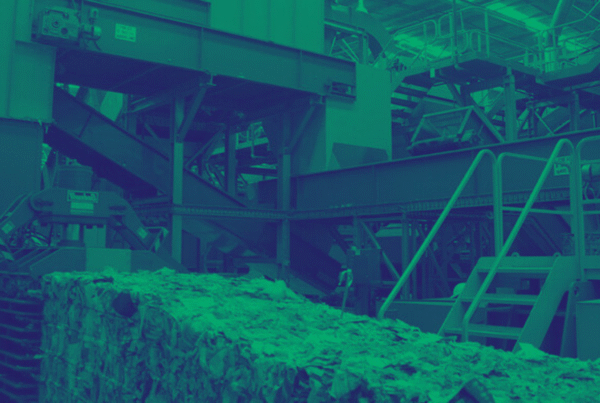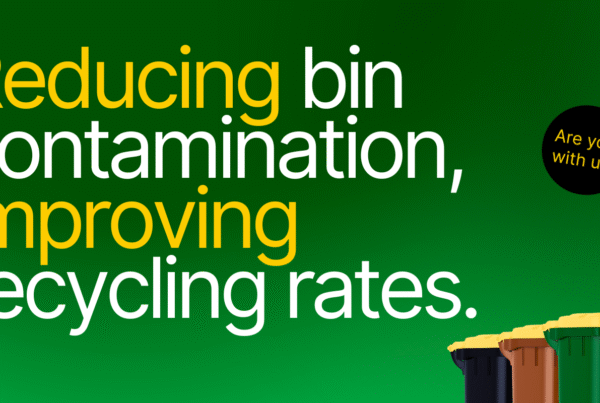Meeting the environmental challenge with exponential technologies
The earth and its systems necessary to support life are at a crucial tipping point. Since the industrial revolution we humans have had a profound impact on the natural world around us. We’ve seen a striking acceleration in carbon dioxide emissions and sea level rise, the global mass extinction of species, and the transformation of land by deforestation and development.
To keep global temperatures in check we need greenhouse gas emissions to peak in this decade and then halve in each of the following decades. Effective solutions do already exist in energy, industry, buildings, transport, forestry and agriculture but we’re simply not scaling them fast enough.
We have come a long way in the last decade in closing the gap between science and public understanding and we must now focus on closing the gap between understanding and action.
Now is not the time for incremental changes, we need rapid scaling of exponential technologies to meet the challenge.
Connectivity will be a key enabler to many if not most exponential climate solutions. The Exponential Climate Action Roadmap[1] estimates that digital technologies could help reduce global carbon emissions by 15% – one third of the 50% reduction needed by 2030.
I believe through the combination of AI, IoT and the next exponential technology 5G, we can take the pace of change to the next level. Exponential technologies are those whose impact or output per size or Euro of spend is consistently accelerating. The classic example is the silicon chip where we see the power of computer chips doubling every 18 months or so while prices halve following Moore’s law.
Our role
At BT we believe we have a critical role to play in helping the citizens, communities, local governments and organisations better use and deploy resources and reduce their carbon footprints.
We’re trialling installing vehicle charging units in our telephone exchange cabinets so our electrified Openreach vans can recharge while out on jobs. And we’re also using AI to optimally plan our routes, reducing carbon emissions by simply travelling less miles to fix customer faults. And we’re helping many of our customers optimise their logistics, supply chain and field force deployment too.
Over the last year we’ve been rolling out an augmented reality video support technology to remotely help our customers either install new equipment or fix issues in their homes and businesses. We believe we will reduce the number of engineer visits needed by 50% as we scale this deployment.
We’re also working with Suffolk County Council to roll out adaptive street lighting that dims when there is little or no traffic delivering an energy saving of 30%.
50grams of CO2 per e-mail
And we’re doing small things too like encouraging colleagues to use Microsoft teams to share documents rather than emailing them. We often think digital equivalents have lighter footprints but each email with an attachment creates 50g of CO2 that’s around 5,500 tonnes of CO2 across our organisation, the equivalent of 227 families whole CO2 output each year.
The window for action to reduce our carbon emissions is rapidly closing
One of our last hopes to prevent a hothouse earth is by embracing exponential technologies. Solving this issue will require nothing short of climate leadership at all levels from countries to cities to corporations and communities. Our collective grand challenge is to ensure that these ground-breaking technologies have a clear purpose for our planet and everyone on it.



